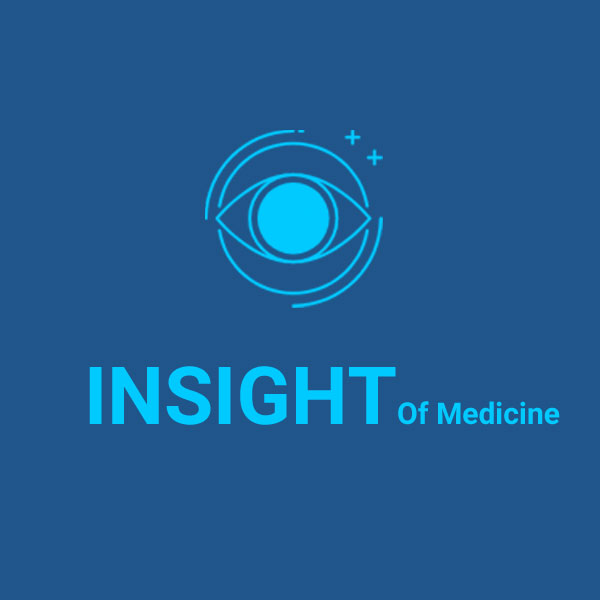
1.Trophectoderm differentiation to invasive syncytiotrophoblast is promoted by endometrial epithelial cells during human embryo implantation
This article discusses the process of human embryo implantation and the role of endometrial epithelial cells (EEC) in promoting trophoblast development. It highlights the limited knowledge about the breaching of the endometrial epithelium during implantation and the importance of understanding this phase of implantation. The article mentions previous studies that have focused on the attachment of the blastocyst to EEC and the formation of syncytiotrophoblast (STB). It also discusses the derivation of multipotent human trophoblast stem cells and the differential functions of polar and mural trophectoderm subpopulations. The article further explores the interactions between embryos and EEC in vitro, including the involvement of STB in breaching the epithelial layer and the promotion of STB differentiation through attachment to EEC. Based on the experiments in vitro, the scientists discovered that embryo attachment to the endometrial epithelium promotes the formation of multinuclear syncytiotrophoblast from trophectoderm, which goes on to breach the epithelial layer.
https://academic.oup.com/humrep/article/37/4/777/6515587?login=false
DOI: 10.1093/humrep/deac008
2.Human blastoids model blastocyst development and implantation
In this study, researchers demonstrate the generation of blastoids, a model that mimics blastocyst-stage human embryos, from naive human pluripotent stem cells. By culturing these stem cells in PXGL medium and inhibiting the Hippo, TGF-β, and ERK pathways, blastoids with a high efficiency of more than 70% can be generated. These blastoids closely resemble the three founding lineages of the blastocyst (trophectoderm, epiblast, and primitive endoderm) with a composition of more than 97% for each lineage, following the normal sequence and timing of blastocyst development. The blastoids spontaneously develop the first axis, and it is observed that the epiblast induces maturation of the polar trophectoderm, allowing the blastoids to attach directionally to hormonally stimulated endometrial cells, resembling the process of human implantation. The researchers propose that these human blastoids serve as a reliable, scalable, and ethically acceptable model for studying human implantation and development, providing valuable insights into these processes.
https://www.nature.com/articles/s41586-021-04267-8
DOI: 10.1038/s41586-021-04267-8
3.Complete human day 14 post-implantation embryo models from naive ES cells
The study discusses the limitations in studying human post-implantation development due to ethical and technical challenges. The lack of embryo-like models that accurately represent the spatial organization and structure of embryonic and extra-embryonic tissues hinders progress in this field. Recently, it was shown that mouse naive embryonic stem cells can self-assemble into structured stem-cell-based embryo models with organized morphogenesis called SEMs. The researchers extended these findings to humans using genetically unmodified human naive embryonic stem cells cultured in enhanced naive stem cell medium conditions. The resulting human SEMs fully integrate and replicate the organization of various lineages and compartments found in post-implantation human embryos, including the epiblast, hypoblast, extra-embryonic mesoderm, and trophoblast layer. These human SEMs exhibit developmental dynamics similar to key milestones of post-implantation embryogenesis up to around 13-14 days after fertilization. These milestones include the formation of the embryonic and bilaminar discs, lumenogenesis of the epiblast, polarized amniogenesis, anterior-posterior symmetry breaking, primordial germ-cell specification, formation of a polarized yolk sac with visceral and parietal endoderm, expansion of the extra-embryonic mesoderm, which forms a chorionic cavity and connecting stalk, and the development of syncytium and lacunae in the trophoblast-surrounding compartment. The researchers believe that this SEM platform will allow for experimental investigation of previously inaccessible stages of human early post-implantation and peri-gastrulation development.
https://www.nature.com/articles/s41586-023-06604-5
DOI: 10.1038/s41586-023-06604-5
4.Early human embryonic development: Blastocyst formation to gastrulation
Prior to implantation, the human zygote transforms into a blastocyst consisting of an outer trophectoderm layer and an inner cell mass (ICM) containing epiblast and hypoblast cells. The trophectoderm is anticipated to give rise to placental cells, while the epiblast contributes to the embryo and extraembryonic membranes. Implantation establishes connectivity with the uterine environment, initiating a series of developmental events including gastrulation and organogenesis. Research on early human embryogenesis faces challenges due to limited access to specimens, but advances in in vitro culture methods have opened new avenues for study. Ethical and regulatory constraints, such as the 14-day rule limiting embryo culture, impact research protocols. Recent developments in stem-cell-based embryo models offer potential for less ethically fraught research. Understanding embryonic development informs genetic disorders, congenital diseases, and pregnancy complications.
DOI: 10.1016/j.devcel.2021.12.022
5.DIO3 protects against thyrotoxicosis-derived cranio-encephalic and cardiac congenital abnormalities
Maternal hyperthyroidism is linked to an increased risk of congenital abnormalities in newborns, but the specific effects of this condition on fetal development are not entirely understood. This study investigated the impact of hyperthyroidism using a mouse model lacking type 3 deiodinase (DIO3), a key enzyme involved in regulating thyroid hormone levels. The mice lacking DIO3 (Dio3–/–) displayed reduced survival rates after birth, especially on certain genetic backgrounds like C57BL/6 where perinatal lethality was observed.
During the neonatal period, Dio3–/– mice exhibited severe growth retardation and cartilage loss. Those that survived after birth showed a range of abnormalities including brain and cranial dysmorphisms, severe hydrocephalus (an abnormal buildup of fluid in the brain), choanal atresia (a blockage of the back of the nasal passage), and cleft palate (a gap in the roof of the mouth). Interestingly, these abnormalities were evident in fetal stages, particularly in C57BL/6J Dio3–/– mice. Additionally, the study found evidence of heart abnormalities such as septal defects and thin ventricular walls in these mice, indicating a thyrotoxic effect on the heart.
The results suggest that DIO3 plays a protective role during development, and congenital abnormalities associated with maternal hyperthyroidism in humans may result from transient thyrotoxicosis before clinical intervention. Furthermore, the study proposes that thyroid hormone may be involved in the development of certain idiopathic pathologies including cleft palate, choanal atresia, Chiari malformations (structural defects in the brain and spinal cord), Kaschin-Beck disease (a bone disorder), and various cranio-encephalic and heart syndromes.
https://insight.jci.org/articles/view/161214
DOI: 10.1172/jci.insight.161214






Post comments